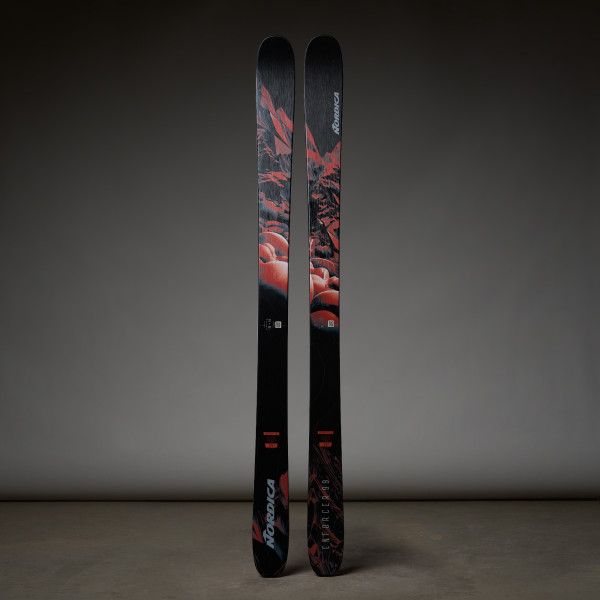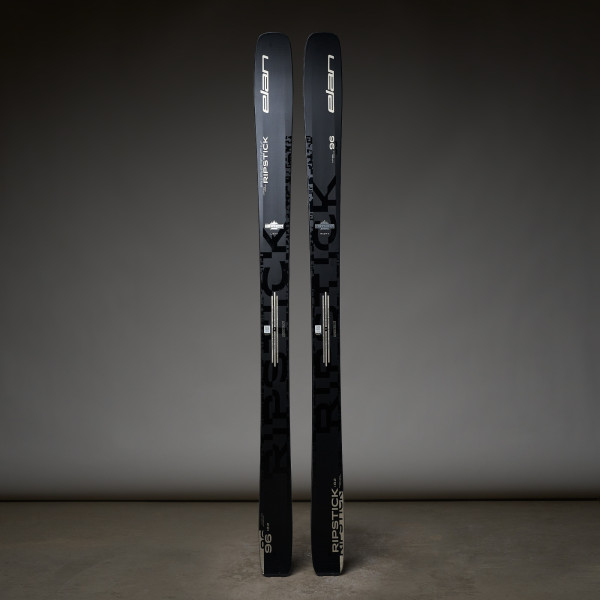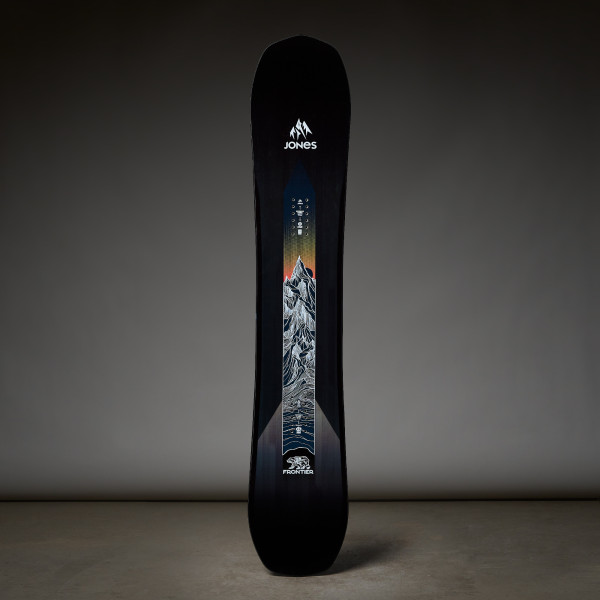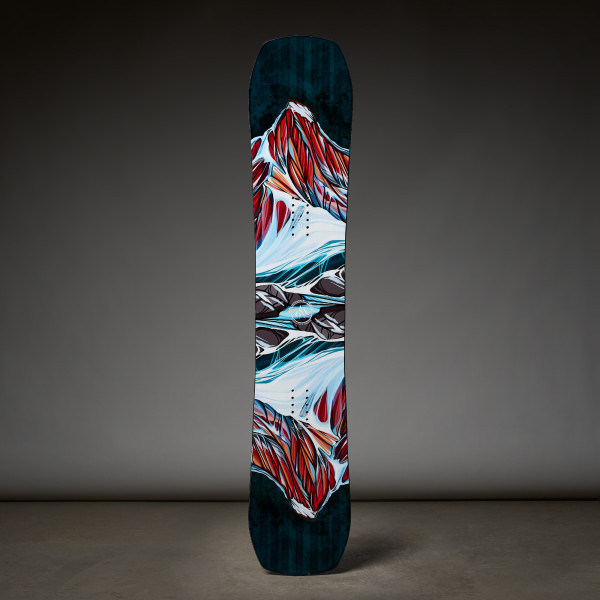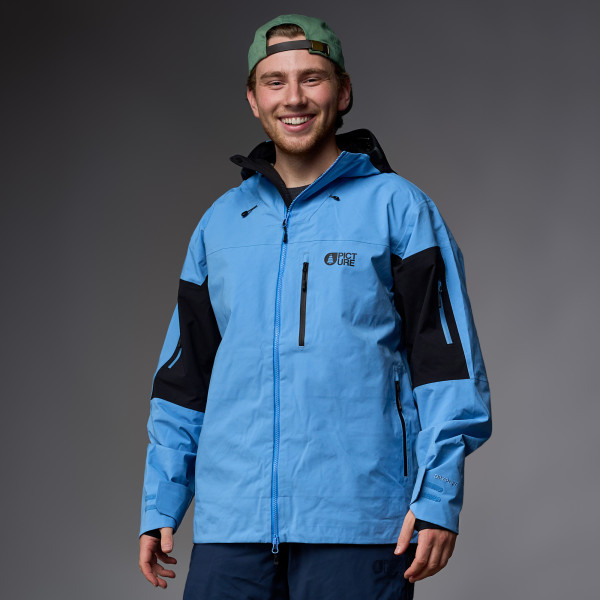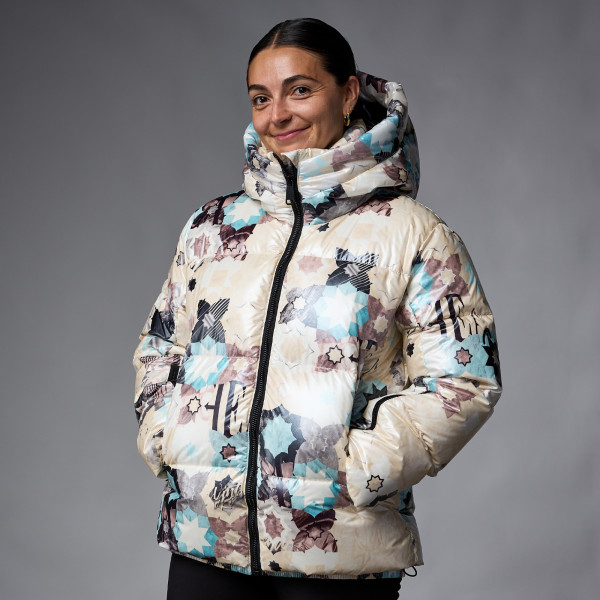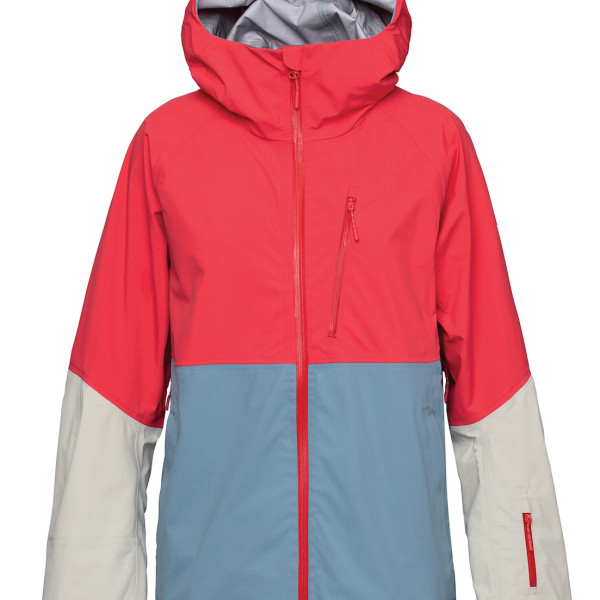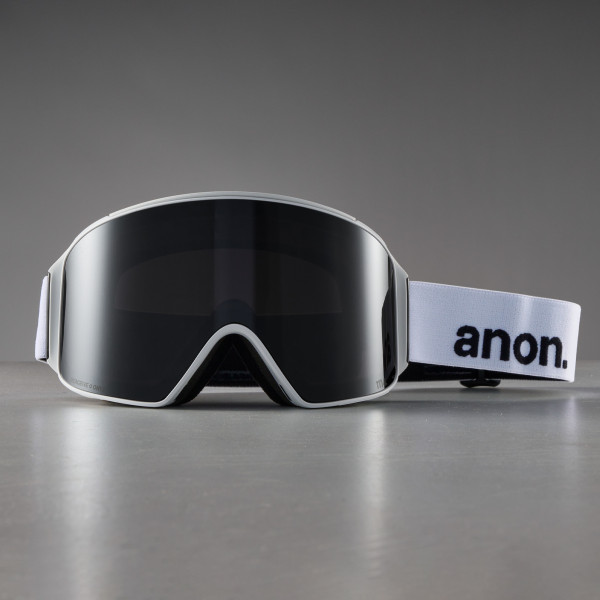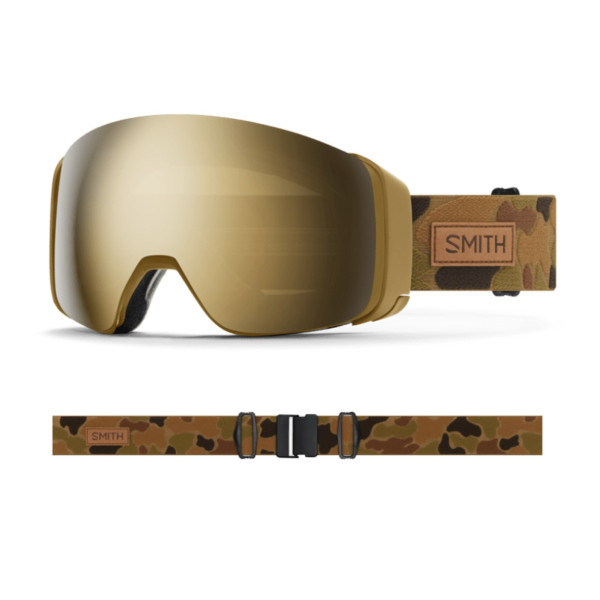Your Shopping Cart
Hot Items
Ski & Snowboard Outlets
Ski Boot Fitting: Why do your ski boots hurt?
Posted October 17, 2019 @ 2:57pm | by George Michaelsen
Solving your ski boot woes.
Your ski boots have caused you nothing but grief, they hurt, you're in pain. You feel as though you've tried everything; footbeds, custom liners, shell streching/punching, grinding -- you name it, you've done it and you're now resorting to google to figure out what the heck is going on because everyone you're talking to thinks your boots should be fine, but that's not what you're feeling, they hurt. There isn't a cookie cutter answer, and part of the problem is you've gone to 'boot fitters' that are giving boot fitting a 'one size fits all' approach (pun). They can make the boots 'fit', but they can't make the pain go away. (Arch pain, ankle bones, outside of foot etc) In order to figure out a solution, we need to get to the root of the problem. Not all feet are created equally also, people have widely different lifestyles from being sedentary to super active -- just the lifestyle difference will have a dramatic affect on how your ski boots fit and feel. If you are Sedentary (you don't excercise, very inactive, sit a lot) you have a higher chance of having weak feet and lack of ankle mobility. You could also be one of the most active people out there and have the same problems, sleep is also plays a big factor.
Dr. Laura Latham of Back Bay Health here in Boston and one of my College Roommates Dr. Andrew Horton (he helped me with the shin bang blog a few years back) helped me with some of the details.
Skiers that lack ankle mobility have difficulty driving their shin into the tongue of the boot which is needed to drive the skis. Skiers that lack ankle mobility rotate their knee inward putting their foot into a more pronated position. This can result in more pressure on the medial malleolus (interior ankle bone), navicular bone and 5th metatarsal head a.k.a the pinky toe knuckle. If you have bones that protrude in these areas already, the lack of ankle mobility is just making the pain in those spots worse. Stretching your boots may be necessary but improving ankle mobility and relearning how to flex a ski boot is a must in order for you to feel comfortable in your boots.
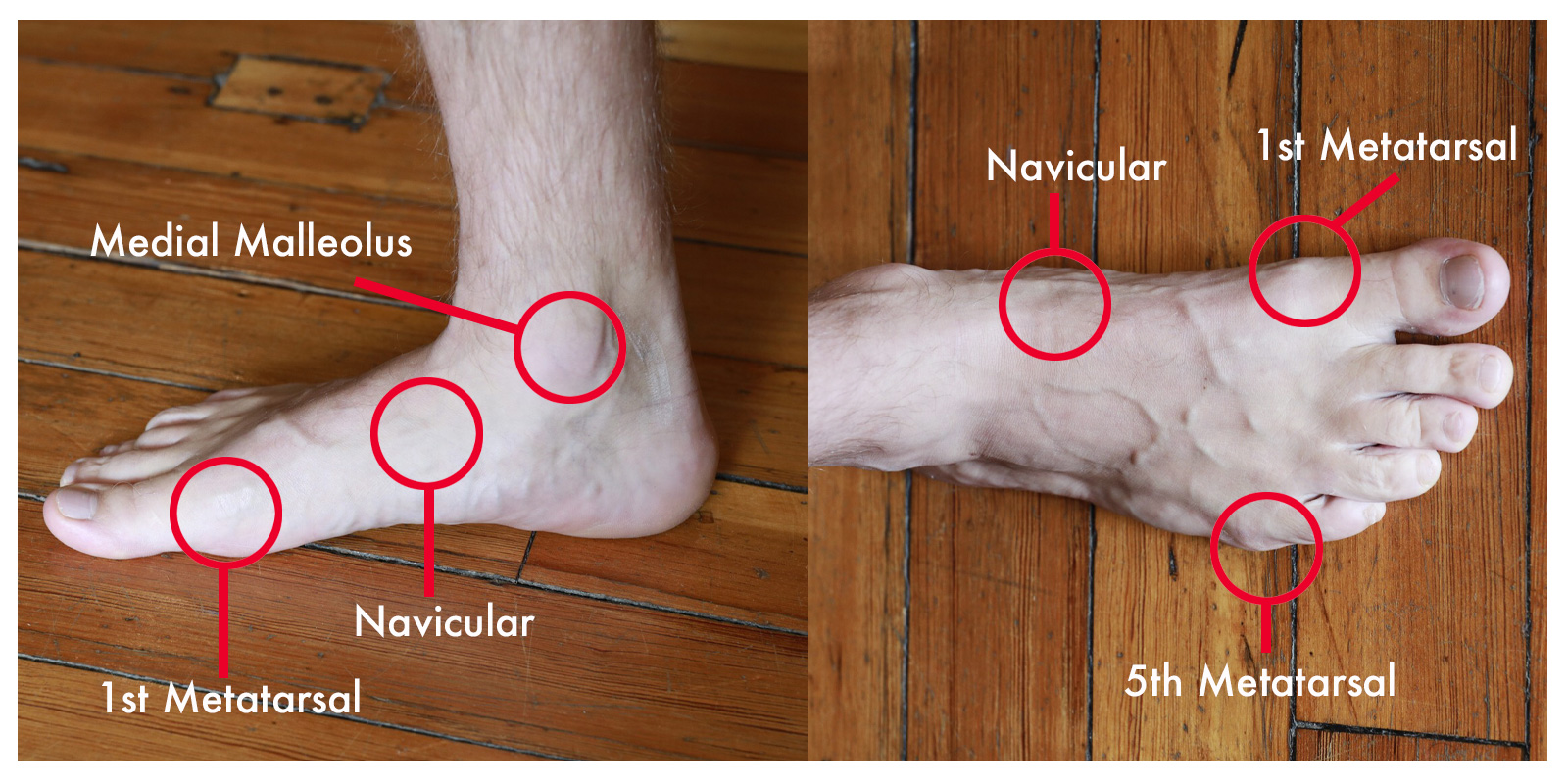
How to asses ankle mobility.
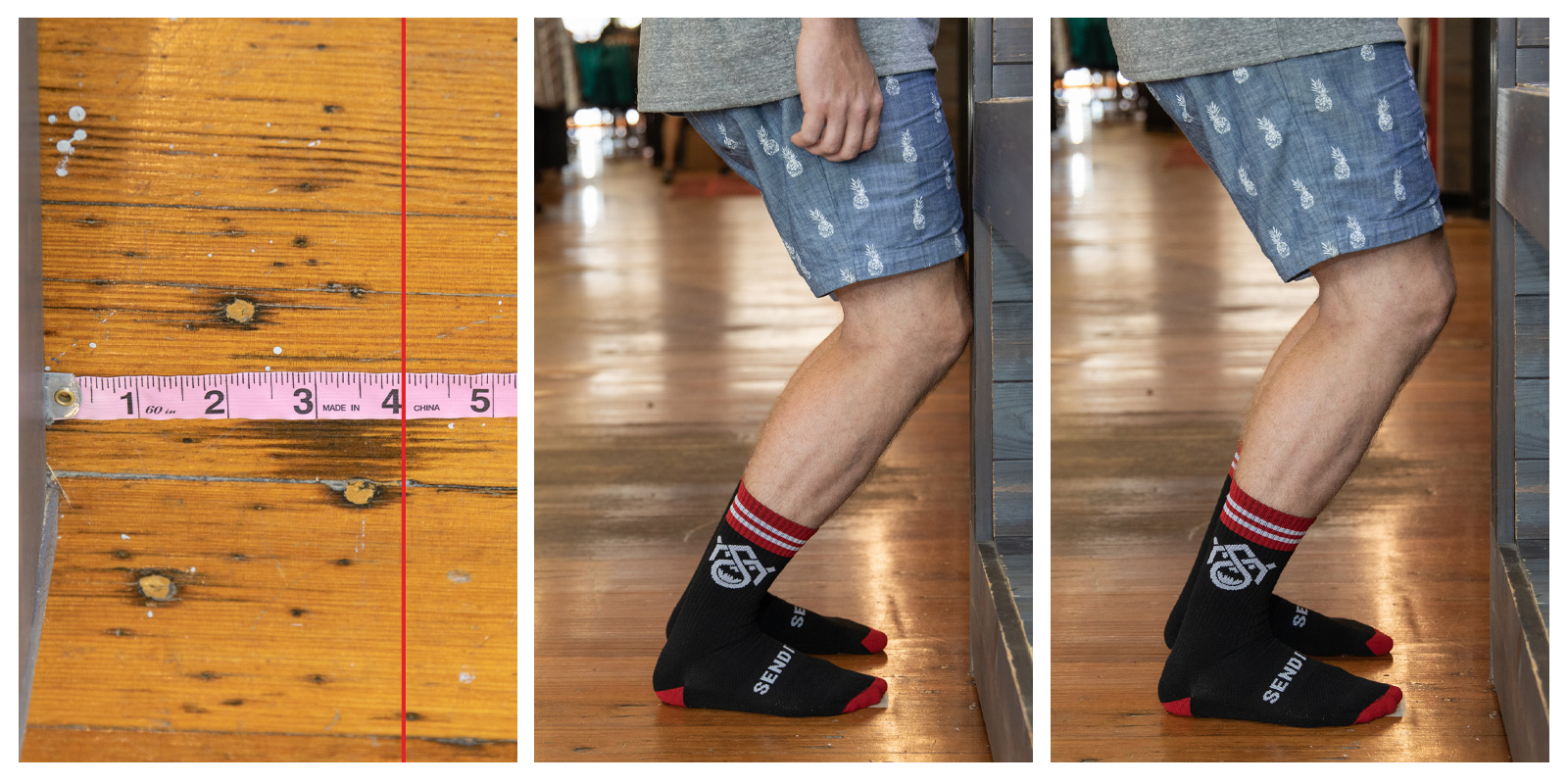
• Find a wall and measure 4 inches off the wall. Mark that point (I used a piece of masking tape)
• Put your big toe on the tape at the 4 inch mark.
• Move your knee forward, by bending at the ankle while keeping your heel on the floor. Your knee should be over your second toe. Yes, you hit the wall, congratulations you have solid ankle mobility. (Middle Photo)
• If you knee doesn't hit the wall you're going to need to work on your ankle mobility. (Right Photo)
You may be saying to yourself, wouldn't a softer boot help?
No, a softer boot doesn't change any angles inside the boots -- honestly the angles are generally the same across all ski boots; 4 degrees ramp angle and 12 - 15 degrees forward lean. The problem is the skiers that lack ankle mobility can't properly bend a ski boot regardless of flex.
Would a heel lift help?
A heel lift (increasing ramp angle) is going to take you out of an athletic position (puts you more into a position resembling high heels, imagine skiing in those -- yikes), you'll have more difficulty inititating a turn and be less balanced in the turn. You'll also be more susceptible to skiing in the backseat since the elevated heel allows your hips to sit further back putting more stress on your knees too.
How does foot strength and endurance play a part in ski boots?
Skiing is pretty crazy, you need to stay balanced while moving on an uneven icey surface, in the cold. While you are trying to stay balanced you're also using your feet to make the skis carve, pivot, stop, maybe even jump and 'land'. Add in some more variable snow, which is prevalent in the Northeast, you've just made it even harder on the muscles in your feet. People go skiing for hours at a time with relatively short rest times (chair lift rides). If you lifted all day at the gym doing upper body, your hands would probably be a little fatigued too, especially if you haven't put your body through that regularly . Skiing is a physical activity, it involves more than just your quads and a fat wallet. If you're feet aren't in shape they're going to get fatigued more quickly. 'Foot Strength, Core Strength and Hip Strength are often related, if you know you're lacking in one, it's likely you're lacking in another, At the same time, if you can work to improve one, you’ll have carry over to the other areas. So get moving people. It will also decrease your risk of injury. If your chronic work load is low (meaning you're not regularly active, dont go to the gym, exercise etc..) and you book a trip the second there's a snowflake in Colorado, you will have a major spike in your acute work load, this is when there is a big chance for injury.- Laura Latham (Bay Bay Health).
Load > Capacity = Injury
Capacity > Load = Injury Risk Reduction
By being active, you increase your capacity. Again -- Ski more. Walk more. Lift more.
(PAUSE) It's worth noting that if your boots are too big, your feet are going to get fatigued more quickly and therefore hurt.
If the terrain is more technical and/or the snow is more variable the load is increased (it's more demanding physically)
Your capacity is further decreased when you don't get sufficient sleep. One study showed a 60% increase in probability of injury comparing people who get 9 hours of sleep a night, to those who get 5. Your stability muscles fail earlier when not getting enough sleep. - Dr. Matthew Walker (Neuroscientist, Author Why We Sleep)
When your stability muscles fail you put your feet through even more load on a decreased capacity.
Why are my toes going numb in my ski boots?
'Most people think the ski boot is too tight, but a lack of intrinsic foot stability can also be a cause there. There’s a ball of nerves called Morton’s ganglion between 2 of your lateral toe knuckles and when your foot strength isn’t so great you more easily give in to these knuckles pushing together and potentially compressing the nerves. The 3rd and 4th toes go numb. Happens sometimes with wearing high heels often, or my runners who don’t cross train.' - Laura Latham (Back Bay Health)
It also could be really effing cold, that'll do it too.
Why does the front of my shin and top of the foot go numb?
This is more common for women due to their calves connecting lower on the leg or shorter people.
'There is a superficial nerve called the common fibular nerve that is located just below the fibular head in the upper lateral shin area. It splits into superficial fibular, and lateral sural cutaneous nerve that feeds the skin on the front top of the shin and foot. People who are shorter or with a shorter Tib/Fib can experience the top of the ski boot hitting right in this area as opposed to taller people where the edge of the boot would land below this spot. Pressure here will give numbness down the front of the shin and top of the foot.' - Laura Latham
To add insult to injury this part of the shin needs to make contact with the ski boot in order to get energy to the skis, putting even more pressure on this nerve. All of the above is amplified if the cuff is too tight, check to see if you can move the buckles, you may need custom shell work to create some more volume for your calves, or you may need a shorter cuff; maybe all of the above
Why do the bottom of my feet go numb in ski boots?
'There is a superficial nerve called the posterior tibial nerve that comes around the medial maleoulus near the achilles. It branches into a few different nerves that feeds the bottom of the foot and could be subject to irritation by a pinched heel cup.' - Laura Latham
This can happen more often in higher end ski boots with denser liners espeically around the heel. Heat molding the liners will help a little bit, but heating then kneeding the liners out around the achilles will help a ton.
You're probably saying to yourself' footbed, footbed, footbed, just get a footbed they solve everything'
A footbed is a substitute when strength and stability are lacking, but it can also enhance an already strong and stable foot from a performance standpoint. Either way, being in ski boots is hard on your feet. Whether you are relying on the footbed for stability or you have good stability and are using the footbed for performance, it’s important to prioritize foot strength when you are out of your boots to set yourself up for success. Barefoot training, strength training, hopping, skipping, jumping, sprints, balance work, and agility work are all great for improving intrinsic foot stability and strength.
I know, I know -- your 'expert' ski buddy says footbeds are like the foundation of a house. Sure that's fine, probably more accurate to say the footbed is the land you're putting the house on and the foot is the foundation, and the rest of your body is the structure of the house. All three, full package is the name of the game. If you build your house on bed rock (uses a footbed) and you have a strong foundation (you strength train barefoot, and do sprints in the off season) you are going to be bullet proof. If you built your house on marsh land so you have muck for ground (don’t use a footbed) but you built a strong foundation (you do all your sprints and agility work barefoot) you could still be totally fine. But just because you found the perfect spot for your house on good ground (footbed) but skimp on the foundation (get lazy and don’t prioritize foot strength) you might be fine at first, but eventually could be a disaster. And lastly, the poor soul who built their house on marshland (no footbed) and skimped on the foundation (weak feet), used crappy materials for the rest of the house, not enough nails, studs, floor trusses etc (out of shape physically) is in big trouble.
Footbeds in ski boots should be used for performance enhancement not to relieve pain. A footbed will be a short term solution to relieve pain. All professional ski racers have strong feet and most use footbeds. Winning combination. If your feet hurt in ski boots, work to make them stronger, don't just buy a set of footbeds. Footbeds are not a magic bullet or a sustainable solution for pain.
Why is skiing so hard on your feet, my feet don't hurt doing other sports, skiing they kill me?
'Skiing is unique because your feet are cemented (full pun) in the same position the whole time instead of being able to load and explode off your feet when you jump and run in other sports. The significance of that is you need the ability to create tension in your foot and lower leg without moving your foot. When I say tension I mean tightening your muscle to prepare for the terrain you’re going over or changing direction. Think of when you prepare to lift or move heavy furniture. You instinctively tighten your legs and brace your core. The same happens in your foot when you ski as it instinctively prepares itself to shred down the slope. The problem is if you haven’t prepared your foot to do this then those muscles are going to get overworked pretty quickly (load >capacity) and the foot can no longer do it’s job and it can lead to some of the injuries mentioned.
You can prepare your foot by spending more time barefoot, incorporating balance exercise in to work outs, doing some of your leg exercises barefoot at the beginning or end of your work out. When you do this, use light weight or just body weight and focus on lifting the arch in your foot. By focusing on lift your arch you’ll create tension in your foot and ankle similar to how you would when skiing. Spend some time in a squat position and holding it for 30 seconds to a minute with the focus being lifting the arch. That puts you in the position your are primarily in when skiing and your practicing maintaining tension!
I cue patients to lift their arches by being barefoot, in a standing or squat position, and thinking their feet are 2 dials and you want to turn them out without actually moving your feet. This will get you to lift your arch.' - Dr. Andrew Horton
Bottom Line: Prioritize foot strength and you'll be set up for success, a footbed isn't a magic bullet for foot pain, it's a band aid.
As mentioned earlier in the post ''Foot Strength, Core Strength and Hip Strength are often related, if you know you're lacking in one, it's likely you're lacking in another, At the same time, if you can work to improve one, you’ll have carry over to the other areas.'
Are there certain types of shoes that promote foot strength?
Yes. This is a ‘if you don’t use it you lose it’ situation. Generally speaking, footwear that restricts your range of motion, or provides so much stability that your intrinsic foot stabilizer muscles don’t have to do the work, is going to hamper foot strength and mobility. Conversely, footwear that allows a greater range of motion and less stability promotes foot strength. Thank goodness we only wear ski boots to ski and not 24-7 or else we would all have sleepy weak feet. The best type of footwear for improving foot strength is none at all. Also there are brands out there that make minimalist shoes. That said, jumping into a pair of minimalist shoes from a very stiff soled supportive shoe is going to be like running a marathon without training… probably not a good idea. Start slow and either find something that is only slightly less supportive than your usual footwear as a bridge to a more minimalist shoe, or get a minimalist shoe but only wear it sparingly until your foot strength improves. - Laura Latham (Bay Bay Health).
TLDR: Take your shoes off more, walk more, try balancing on one leg barefoot, strength train more (no shoes), roll out your feet with a lacrosse ball before you go skiing.

